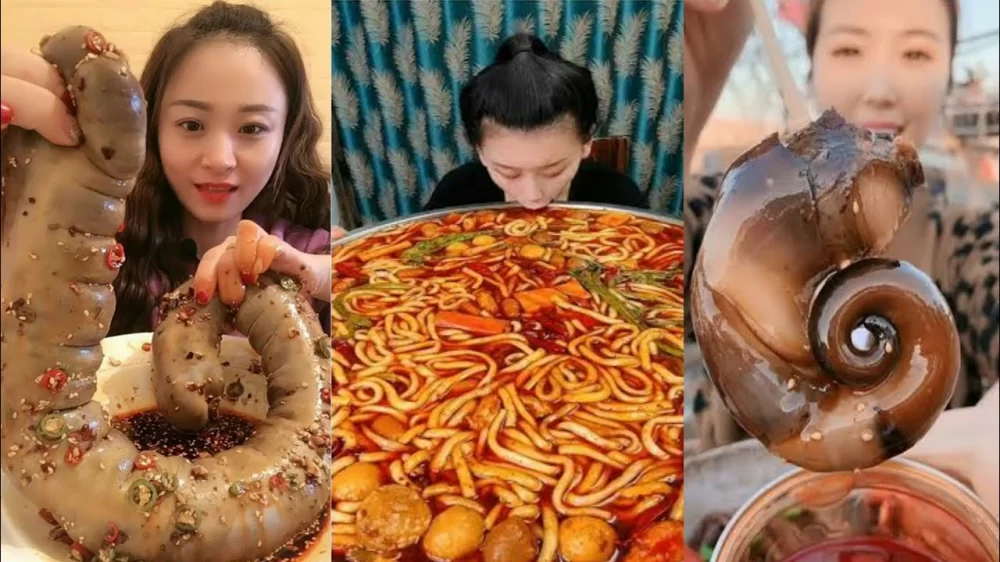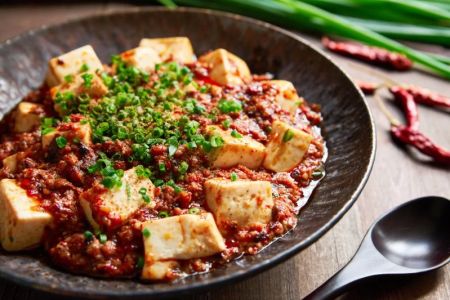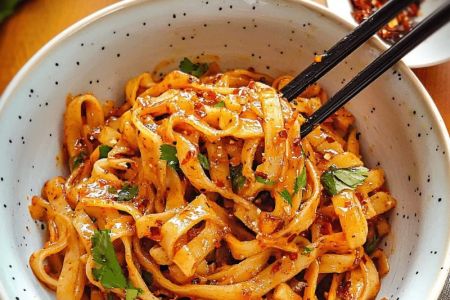- cultural-perspective-on-chinese-eating-habits
- historical-roots-and-survival-wisdom
- philosophy-of-whole-animal-usage
- regional-diversity-and-exotic-dishes
- global-misperceptions-vs-reality
- how-to-explore-authentic-chinese-cuisine
1. Cultural Perspective on Chinese Eating Habits
To understand why Chinese eat everything and anything, we must first understand the deep cultural respect the Chinese hold for food. In China, food is not just about sustenance—it’s a celebration of nature, balance, and tradition. Food plays a central role in festivals, family reunions, and even in daily greetings—“Have you eaten?” is a common way to say hello.
Chinese food culture emphasizes variety, taste harmony, and the belief that every part of a plant or animal has nutritional or medicinal value. This cultural framework encourages experimentation and acceptance of diverse ingredients, which to outsiders might seem “unusual,” but within the culture is considered wise and resourceful.
2. Historical Roots and Survival Wisdom
China has a long history of hardship, war, and famine. During these times, survival often meant utilizing all available resources. This historical backdrop is crucial to understanding the Chinese approach to eating. Nothing is wasted—not out of strangeness, but out of necessity and wisdom.
In regions such as northern China during the Qing Dynasty or during the Great Famine, people learned to survive on roots, bark, and whatever animal parts they could find. Over time, this resourcefulness evolved into culinary creativity. What began as survival became tradition, and these traditions were refined into some of the most exquisite cuisines in the world.
3. Philosophy of Whole-Animal Usage
Another cornerstone of Chinese eating habits is the concept of using the whole animal. In Chinese philosophy, especially influenced by Daoism and Confucianism, balance and respect for life are crucial. Using every part of an animal not only honors the creature’s sacrifice but also reflects a deeper respect for nature’s offerings.
For example, chicken feet, pig ears, fish heads, and duck tongues are all delicacies in various Chinese regions. Each dish has its method of preparation and symbolic meaning. Far from being random or grotesque, these dishes demonstrate culinary skill and cultural mindfulness. As a user once said on Weibo, “Using the whole animal shows our gratitude and our art.”
4. Regional Diversity and Exotic Dishes
China’s vast geography and ethnic diversity mean that its cuisine includes a broad range of ingredients. What’s exotic in one part of the world is often everyday fare in another. In Yunnan province, insects are a common snack. In Guangdong, known for Cantonese cuisine, wild game has long been part of the local diet.
This variety often surprises foreign visitors, leading to misunderstandings and even online controversies. A recent TikTok video showing street food in Chengdu sparked global interest—and confusion—about what Chinese people “really eat.” But this curiosity also opens the door to deeper cultural appreciation when explained in context.
For those wanting to explore the real flavors behind the headlines, visiting our site Chinese Food can help you find the most authentic and suitable Chinese dishes, shops, and services that match your interests and taste preferences.
5. Global Misperceptions vs Reality
The phrase "why do Chinese eat everything and anything" often stems from a place of misunderstanding or cultural bias. Many so-called "shocking" dishes have analogs in other cuisines—think escargot in France or haggis in Scotland. It’s not about being bizarre; it’s about different cultural norms and environmental conditions shaping diets over time.
Unfortunately, some media portrayals focus on the sensational rather than the nuanced, reinforcing stereotypes. But with global travel and increasing culinary interest, more people are beginning to understand the rich, intricate fabric of Chinese cuisine. Real exploration leads to appreciation, not judgment.
6. How to Explore Authentic Chinese Cuisine
If you're intrigued by the depth and diversity of Chinese food, the best way to understand it is to taste it. Start with classic dishes like mapo tofu or Peking duck, and then branch out to regional favorites like Xinjiang lamb skewers or Guizhou sour soup fish.
Engaging with locals, watching documentaries, or reading cookbooks by Chinese chefs can further enrich your understanding. And for those seeking an authentic and curated experience, our platform Chinese Food provides the best recommendations for products, restaurants, and cultural insights tailored to your interests.








